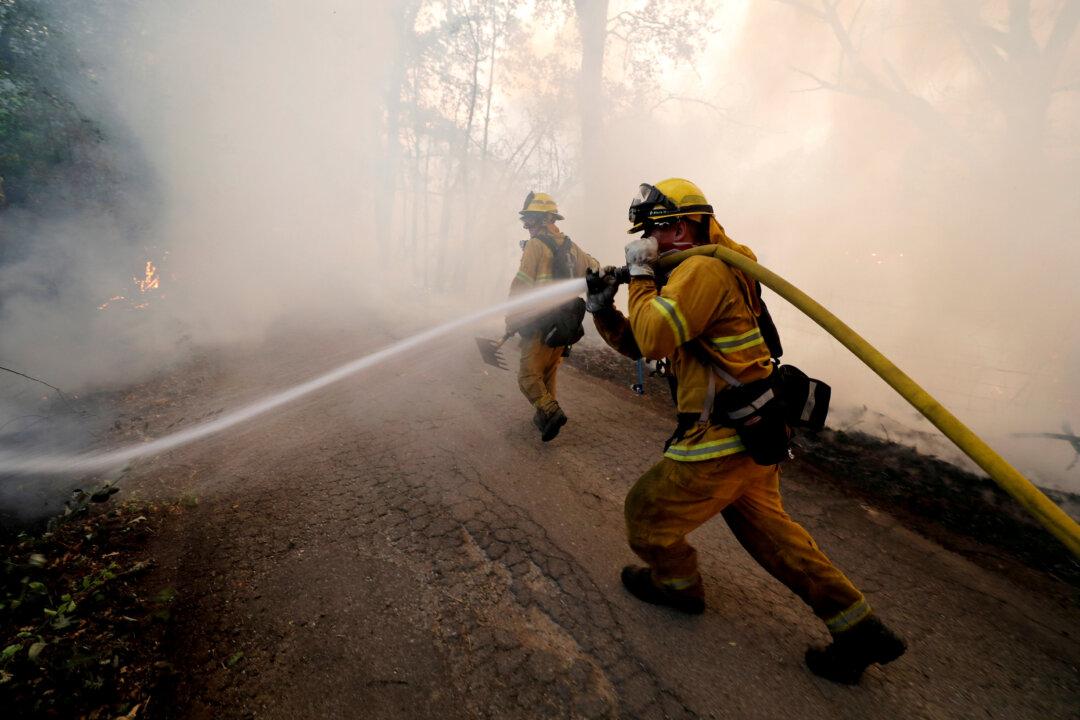The largest wildfire in California state history is expected to continue to burn into early September, fueled by hot and windy conditions, fire officials said on Aug. 7.

A firefighter knocks down hotspots to slow the spread of the Mendocino Complex fire in Lakeport, California on July 31, 2018. Fred Greaves/Reuters
|Updated:




